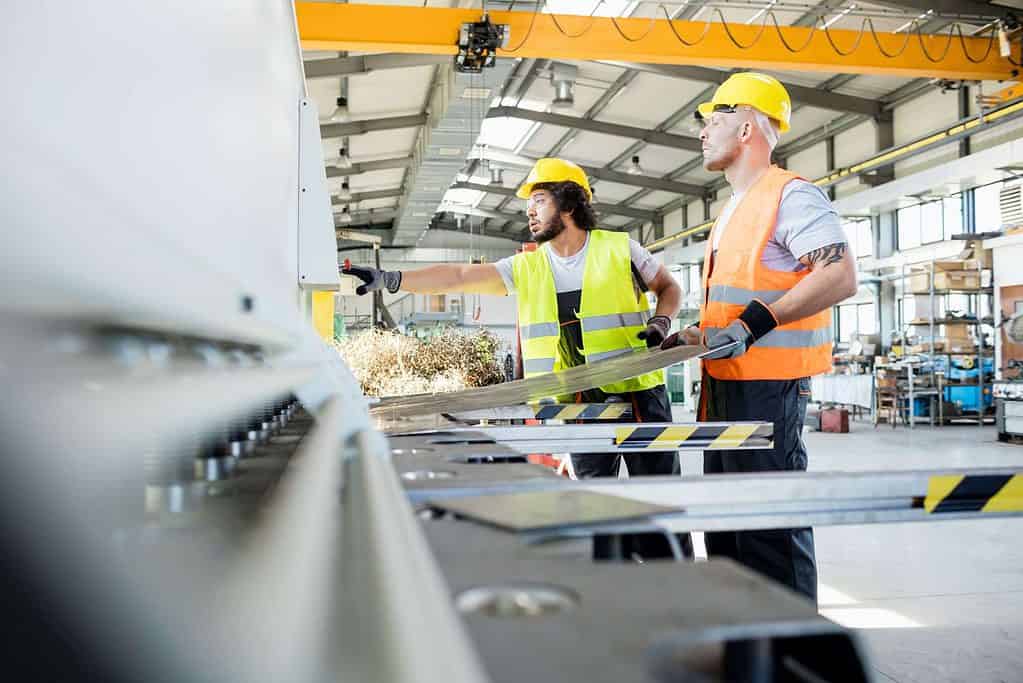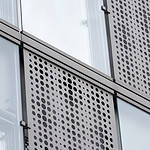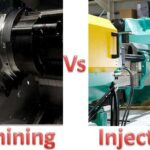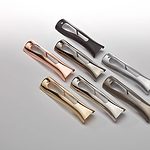Many metal products in the market are a result of machining. Machining refers to processing or shaping material, typically metal, or cutting to the desired shape to manufacture components for tools, machines, transportation, construction, and more.
Modern-day machining involves the use of computer numerical control (CNC). With CNC, machinists use computers to control how the machine operates or moves. For instance, it can aid in operating lathes, mills, and other cutting machines, thus, boosting efficiency. A great example of CNC technology for metal fabrication machining operations is a universal.
Learn the different machining operations for metal fabrication below for your reference.
Machining Operations For Metal Fabrication:
Turning:
Turning is relatively easy, utilizing cutting tools with a circular section for machine workpieces. This machining operation may involve an uninterrupted or interrupted cutting process, affecting the tool selection for cyclic loading.
Turning involves different cutting speeds, cutting depths, and fee rates. The workpieces may include assembled parts, finished components, or parts for further processing.
Drilling:
Drilling is creating round holes using a rotating tool with helical cutting edges. The two categories of drilling include a short hole and a deep hole drill, wherein they differ in chip evacuation completeness and material-removal speed.
The rotary cutting tool usually used for drilling is a multi-point bit, which is pressed against the workpiece and rotated. The rotation rate takes hundreds or thousands of revolutions per minute, forcing the cutting edge against the workpiece and cutting off chips or swarf from the hole during drilling.
In CNC machining, machinists use peck drilling to avoid swarf buildup when deep hole drilling. Chip breaking or high-speed peck drilling is the modified version of peck drilling, which involves retracting the drill slightly to avoid overheating the drill bit.
Milling:
Milling removes the chips or swarf using rotary cutters in different directions. The chips separate when the edge of the rotary cutter is placed against the workpiece. This interrupted machining is a commonly used process for creating custom components to precise tolerances.
Milling comes in two types, plain and universal milling. Plain milling includes vertical and horizontal milling or hobs. On the other hand, vertical machines have end-face cutting edges for creating flat surfaces and various workpiece recesses.
Universal milling for metal fabrication is highly versatile because it can perform both vertical and horizontal milling. A universal milling machine can swivel that provides a spindle angle, creating spiral bevel gears, spur, milling cutters, twist drills, and reamers. Choosing a universal milling machine makes metal fabrication easier and faster, allowing multiple operations in one tool.
Planing and Shaping:
Planing presses and rotates a metal workpiece against a stationary cutting tool. The cutting tool creates a sculpted layer or plane on the workpiece’s surface during the operation. While shaping and planing are closely similar, milling quickly replaces these two in metal fabrication.
A planing machine is used in planing. This linear motion machine tool uses a planer to plan the workpiece’s plane and groove or form surface. Planing is primarily used for manufacturing single parts and small batch production because the tool is simpler. On the other hand, milling machines are preferred for mass production.
Grinding:
Grinding involves different processes, such as face grinding, gear teeth grinding, thread grinding, and grindings holes and shafts. Machinists use grinding for finished workpieces to achieve a more accurate shape, measurement, and high surface performance. Hence, grinding is a finishing procedure that can machine a workpiece to meet special sizing requirements. Grinding is highly beneficial for machining hardened workpieces.
Broaching
Broaching in metal fabrication pertains to a machining process that uses a hardened, sharp-toothed tool to remove the material from a metal workpiece in an accurate, consistent, and continuous manner.
The common metals used in broaching include the following: stainless steel, aluminum, brass, titanium, bronze, and alloy steel. A broached tooth tool is used for broaching to remove material by running against a workpiece surface in a linear motion to impact the cut. Cutting an axisymmetric shape, on the other hand, involves rotating and forcing the tool into the workpiece.
Moreover, broaching is the precision machining used for creating metal parts with odd shapes. Examples include flat surfaces, keyways, splines, and non-circular and circular holes. The common workpieces include small to medium sizes of forgings, stampings, castings, and screw machine parts.
Conclusion:
Machine operations have evolved for metal fabrication. Many metal components are manufactured using advanced machining operations, such as universal milling, to attain more accurate, detailed, and polished outcomes. In addition, choosing the best machining operations for your metal workshop or manufacturing company involves several factors, such as your project requirements and budget to invest in cutting tools.







